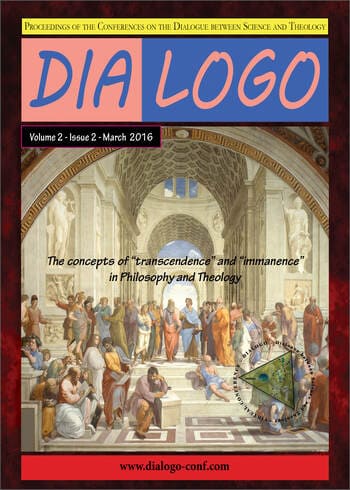Language, Definition and Transcendence in the Philosophy of Vedantic Non-Dualism. Landmarks for an Aphophatic Knowledge of the Ultimate Reality
Language, Definition and Transcendence in the Philosophy of Vedantic Non-Dualism. Landmarks for an Aphophatic Knowledge of the Ultimate Reality
Author(s): Ioan DuraSubject(s): Theology and Religion, Comparative Studies of Religion
Published by: Dialogo Publishing House SRL
Keywords: transcendence;Advaita Vedanta;definition;tatastha-laksana;svarupa-laksana;
Summary/Abstract: The Transcendence represents the essential issue of each religion or philosophical paradigms. In this study I intent to highlight another paradigm of the language, definition and Transcendence relationship other than the Christian-theological and philosophical- Greek one, namely the philosophy of vedantic non-dualism (Advaita-Vedanta that is maybe too little explored in the Romanian philosophy. The essence of the Advaita Vedanta philosophy – formulated by Sankara (788-820) – is the understanding of the Ultimate Reality declared in Chandogya-Upanisad VI.2.1 as One-without-the-second (Ekamevadvitiyam). The whole philosophical-religious perspective of Sankara depends of this non-dual Ultimate Reality understanding. In this order, I intend to approximate the technical exercise of the definition’s status in Indian logic, in general, and in the Advaita`s optics, in particular. In Advaita Vedanta, were elaborated two definitions about Brahman, namely: (1) accidental definition (tatastha-laksana) and (2) essential definition (svarupa-laksana). To give a definition to a thing is to mark the differentiation or the vyavrtti of every other thing and this result is obtained, generally, by the referral to a property, which is distinctive of it. The definition (laksana) is different from the characterization, qualification (visesana, which is the positive identification of the attributes, and which characterizes a particular object.
Journal: Dialogo
- Issue Year: 2/2016
- Issue No: 2
- Page Range: 100-110
- Page Count: 11
- Language: English

